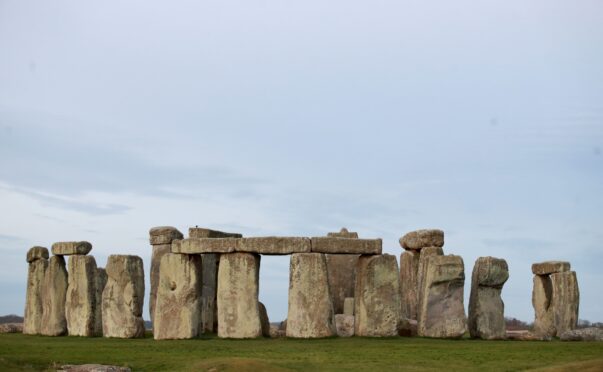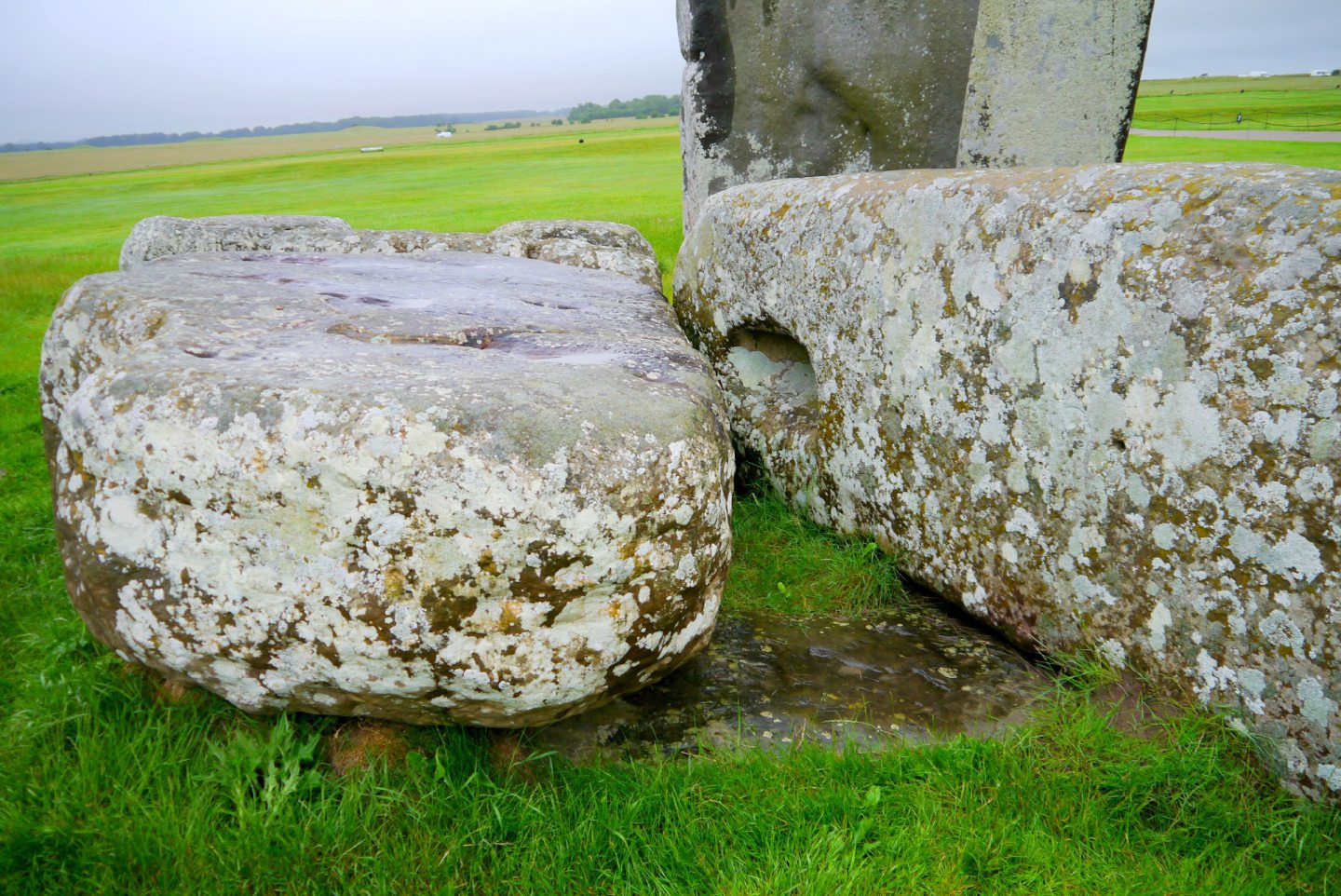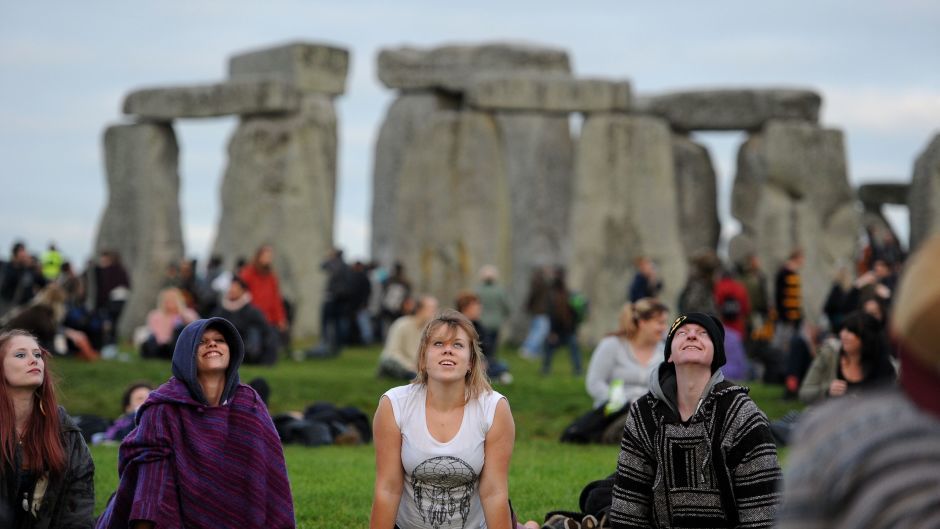The largest Altar Stone at the heart of Stonehenge is actually Scottish not Welsh, research suggests.
The “remarkable” discovery that the stone is likely to be from the north-east of Scotland has left experts “stunned”.
The research busts a century-long held belief about the origins of the bluestone at the centre of the prehistoric monument.
It is unclear when the stone arrived at the site on Salisbury Plain in Wiltshire, but the scientists say it may have been placed within the central horseshoe of stones during the second construction phase at about 2620–2480 BC.
It is also not known whether the now horizontal stone once stood upright.
Stone moved at least 435 miles
The new discovery implies that one of the most famous stones in the world was moved much further than had been believed – at least 435 miles.
For the last century, the six-tonne sandstone, at the heart of the ancient site, was believed to have come from Wales.
The stone at the focus of this study has traditionally been grouped with these other, smaller bluestones.
However, the true origin of the Altar Stone had remained a mystery, until now.
After work to examine the stone’s chemical composition and mineral grains, scientists can say with 95% confidence that the sandstone is very likely to have come from north-east Scotland.
The study involved scientists at Aberystwyth University, University College London and, in Australia, Curtin University and the University of Adelaide.
Orcadian basin sandstone similar to Stonehenge Altar stone
The findings indicate a striking similarity between the Old Red Sandstone of the Orcadian Basin in north-east Scotland and the Stonehenge Altar Stone.
Co-author Professor Richard Bevins, from Aberystwyth University, said: “These findings are truly remarkable.
“They overturn what had been thought for the past century.
“It’s thrilling to know that our chemical analysis and dating work has finally unlocked this great mystery.
“We can now say that this iconic rock is Scottish and not Welsh.
“Although we can say that much, and confidently – the hunt will still very much be on to pin down where exactly in the north-east of Scotland the Altar Stone came from.”
Scientists analyse Stonehenge stone
Scientists matched ages found in rocks of the Orcadian Basin found in the north-east of Scotland.
These are completely different from Welsh-sourced stones.
Anthony Clarke, from the Timescales of Mineral Systems Group at Curtin University, in Perth, Western Australia, said: “Considering the technological constraints of the Neolithic, our findings raise fascinating questions about how such a massive stone was able to be transported over the vast distance implied.
“Given major overland barriers en route from north-east Scotland to Salisbury Plain, marine transport is one feasible option.”
Commenting on the findings, he added: “All four of us were stunned. We couldn’t believe it.”



Conversation